The Quena is an ancient tubular flute, native to South America, especially in use among Ecuadorian, Chilean, Peruvian, Mexican, Bolivian and Northern Argentine Indians. Its origin is portrayed in existing paintings and drawings, made by people who inhabited, between 200 BC and 600 of our era, the cities of Nazca and Chimu, in Peru; where the instrument was once made from llama bone; typical animal, its first specimens were made with condor bones, stone or clay, materials later replaced by bamboo and wood, its extension comprises the Pentatonic Scale (composed of five notes), used by the ancient Inca people. The name: “ Quena ”, arose as a result of the modification of the word, in the Quechua language: “Kkénakkéna”, “Kjena” and “Khoanna”, when translated into Spanish, it is also known as Qina. The Incas had the custom of depositing flutes and wheat sticks, used in making straws, next to the dead, in their tombs, as the use of this instrument was related to fertility, life and resurrection rituals. The discovery of these sarcophagi established, for some time, the belief on the part of experts and historians that they were deceased musicians, and later it was proven that such deposit was related to life amulets.
It is a simple upright flute, open at both ends; although it has an cad and its device, located at the top, is formed by a “cut”, in the shape of the letter “V”, or Straight; that is, a simple notch called “Mosca” or “Chanfle, where the performer's mouth is adjusted, so that the breath produces the sound effect, which is why it is also known as Flute de Mosca, in addition to other names that vary depending on the of the language and place where it is found. As for their measurements, they vary between 15 and 120 cm, and the number of sound holes, according to the type. The Quena Flute , with six holes in the front, one in the back and tuned in G; It is used as a solo instrument. (CERQUEIRA FILHO, Ilton José de. History of the Flute)


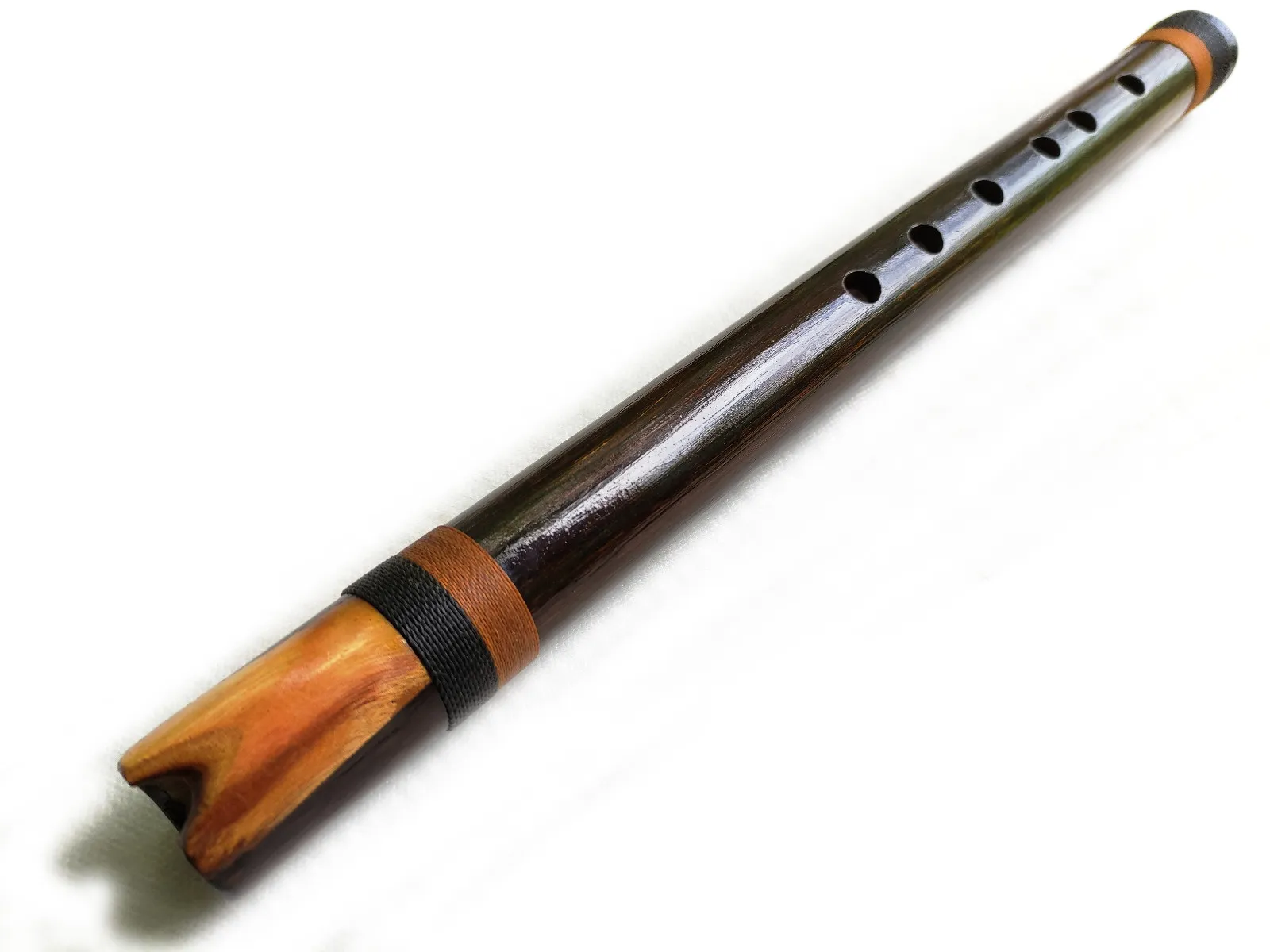
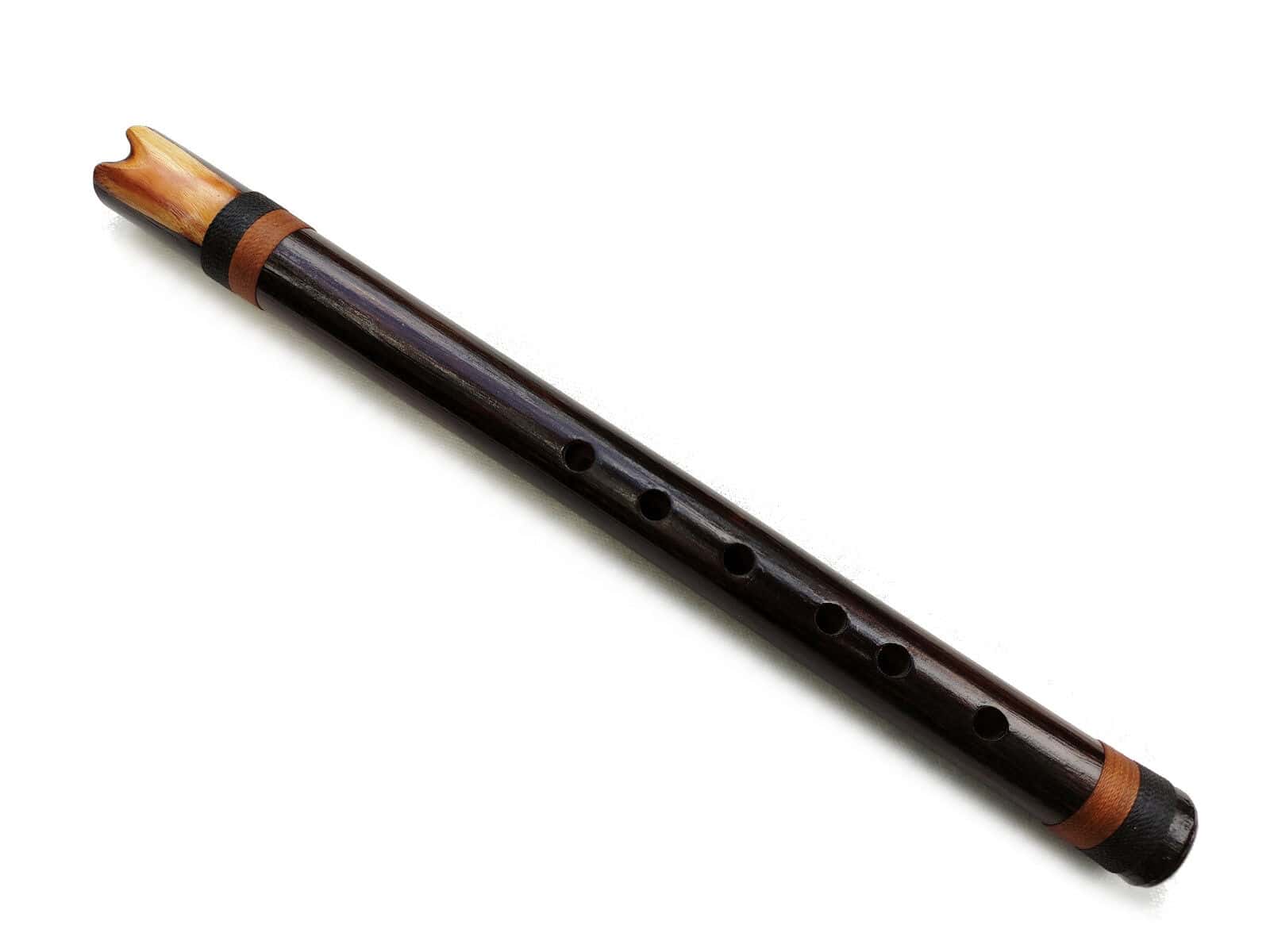



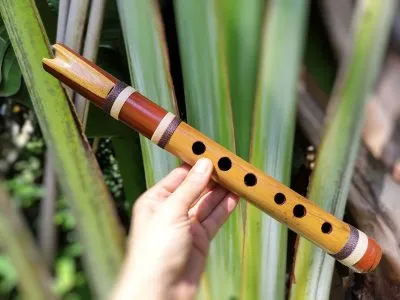

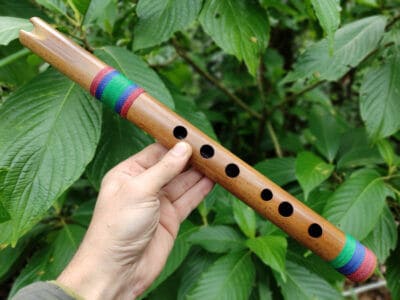

Rumi (verified cad ) –
A priori, I was afraid this site was fake, but I called Ralph's number on the page, talked to him, and asked my questions. He explained to me the entire process of making the flute, which arrived wonderfully well wrapped, with a beautiful finish! I'm going to give it as a gift to a family member in Japan and I'm very happy with the purchase. The production takes two months, but they send emails to keep us informed of the process. I was impressed by the organization of this company.
Lucas F Santos –
The flute is very good, made with great care and care. It facilitates learning and really brings the wisdom of nature itself.